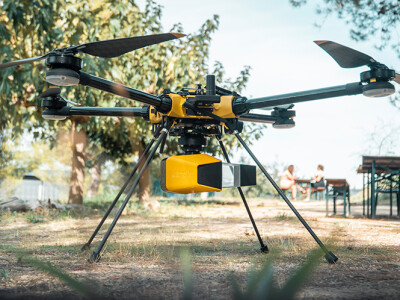It’s warm (well, over 50 degrees) and sunny here in Maine today so it’s hard to be too serious in my thinking. Perhaps that’s why I’ve spent so much time with maps today. While they’re precise by definition, they’re visual representations that are sort of anathema to the hyper-verbal-literary way my mind works. It’s about what you’re seeing. It’s reading, but by a completely different definition.
The map thing started yesterday when Steve Snow and I got to talking about what could be done with ESRI’s ArcGIS maps. Which is, basically, lots of stuff. I’m not sure how “3D” it all is, but geocoding and understanding the “where” of things I’m talking about on the blog and in stories can certainly push forward understanding. Plus, when presented with just the right map, there’s something that simply clicks for people. Like when they see a picture of a puppy or something. It’s a sense of wonder of some kind.
For instance, the first thing I searched when I started playing around with ArcGIS was “Maine.” That’s where I’m at, after all. The third result? A really cool map a guy named George Sinkinson has created showing all the camps around the lake where I grew up and still visit every weekend in the summer. How cool is that? George, I think, is the brother of my godfather Mark Sinkinson, actually (it’s bad that I can’t remember. He may be Mark’s cousin …).
I had no idea he’d been playing with ArcGIS, but there was my camp, tagged, unfortunately, as being owned by the “Whitecombs.” My grandmother remarried and her name is actually Whitcomb. But, hey, these maps are all kinds of shareable, so I was able to go right in there and make the change. That kind of collaboration on a map could have some seriously cool uses, right?
So, here’s a link to my version of the map, with Whitecomb changed to Whitcomb and “(Pfeifle)” added. It’s number 109. Unfortunately, we’re in the middle of nowhere so you can’t really zoom in and see our place. The map sort of craps out at about 1000 feet up in the sky.
Also, I can’t quite figure out how to actually embed that map with all the camps identified, because that’s in ArcGIS Explorer Online, which only allows me to share via a link. I can only figure out how to embed something from the ArcGIS Viewer, and even though I feel like I should be able to layer that map with the camps on top of this map in Viewer, I can’t. Sort of frustrating, but I’m not going to bang my head against the wall on a sunny Friday afternoon.
So, just to prove I can embed something, here’s a map of Clearwater Pond, one of my favorite places on Earth (and I’ve been to a lot of places):
That’s pretty cool, right? Please note that that is not a static image. You can move it around and zoom, etc. Just like a Google Map, I guess, but this seems much cleaner and without all that Googley text they throw on there that makes it ugly.
I’m supposed to be able to add “layers” to it, which I think is that map with the pins in it showing the camps, but none of the searching brings up that map and I couldn’t find any other layers that would work with Clearwater Pond. I’d search “Maine,” get something called “Economic Development,” click that, and it would take me to Washington, DC, with no way to go back. So it’s possible that I just suck at the Internet. It’s hard to say. I searched “Twitter,” thinking maybe I could layer on tweets being done in the area, and it brought up something called the “Supermarket Access Map Service,” which really didn’t make any sense. I searched “social media,” and got a map called “iPad density,” which just shows giant blogs that get redder as there are more iPads, and there are apparently zero iPads in South America. Who knew?
Anyhoo, what’s this got to do with 3D imaging? Well, if I had this same tool in a 3D map, like Google Streetview, which I’m pretty sure you can do, then you could make some really interesting annotations and be able to convey some really interesting meaning to people all over the world, just by sending them a link to a map. As a learning and communication tool, it could be pretty amazing.
It’s certainly great as a time-wasting tool already … Better than Angry Birds, right?





